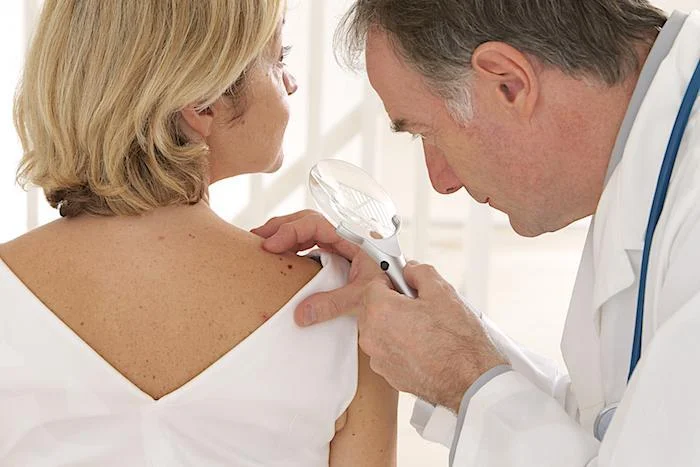Posted on:
Are You at Risk for Skin Cancer?

Summer is here and with it, the natural desire to enjoy the fresh air and warmer weather. Whether you plan to picnic, hike, or simply relax outdoors, it’s important to remember to protect your skin from the sun — especially if you are at higher risk for skin cancer.
Whether you’re seeking dermatologic care or an aesthetic treatment, Dr. Carmelo Plateroti and our skilled team at Plateroti Dermatology in Templeton, California can help. Using a combination of Western medicine and holistic care, we bring over 30 years’ experience to high-quality medical care, including the treatment of skin cancer.
Skin cancer
Skin cancer occurs when there is damage to the DNA in the outermost layer of skin that goes unrepaired and leads to mutations. These abnormal cells can rapidly multiply and become malignant tumors. There are four main kinds of skin cancer: basal cell carcinoma, squamous cell carcinoma, melanoma, and Merkel cell carcinoma.
Risk factors
Although skin cancer can strike anyone, certain factors can increase the risk.
Ultraviolet (UV) radiation
Exposure to UVA and UVB rays can damage the DNA found in skin cells, which, in turn, may result in skin cancer. Both the sun and tanning beds emit these types of radiation.
Having five or more sunburns doubles a person’s risk of melanoma while just one indoor tanning session before the age of 35 increases an individual’s chance of developing this life-threatening type of cancer by 75%.
Skin type and other characteristics
Anyone can get skin cancer regardless of their skin color or ethnic background — even people who tan but don’t burn. However, individuals with certain characteristics have a greater chance of getting skin cancer. These include:
- Skin that is naturally lighter in color
- Skin that freckles or burns easily
- Hair that is blond or red
- Blue or green eyes
Atypical moles
Having atypical or irregular moles is a risk factor for melanoma. People who have 10 or more atypical moles are 12 times more likely to suffer from melanoma.
Health history
Having a family history of skin cancer and/or a personal history can boost one’s odds.
Age
Though not all skin cancer sufferers are older, the risk does tend to increase with age.
Fortunately, you can do a lot to help reduce your chances of skin cancer, including staying out of the sun as much as possible and using sunscreen. It is also important to check your skin monthly for new moles or changes to existing ones as well as getting a regular skin cancer screening. Click our “request appointment” button today, or call us at 805-434-2821 to make an appointment.